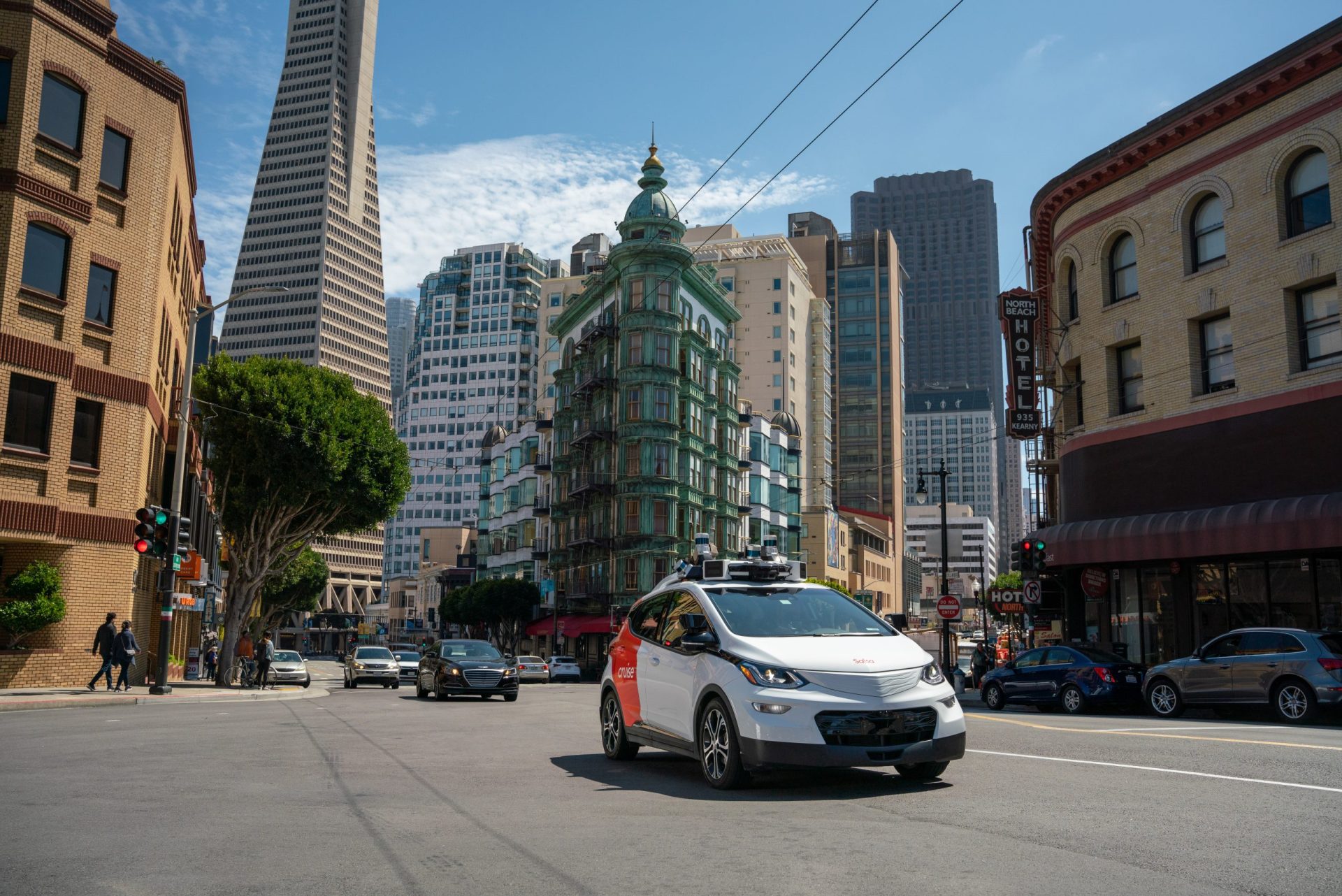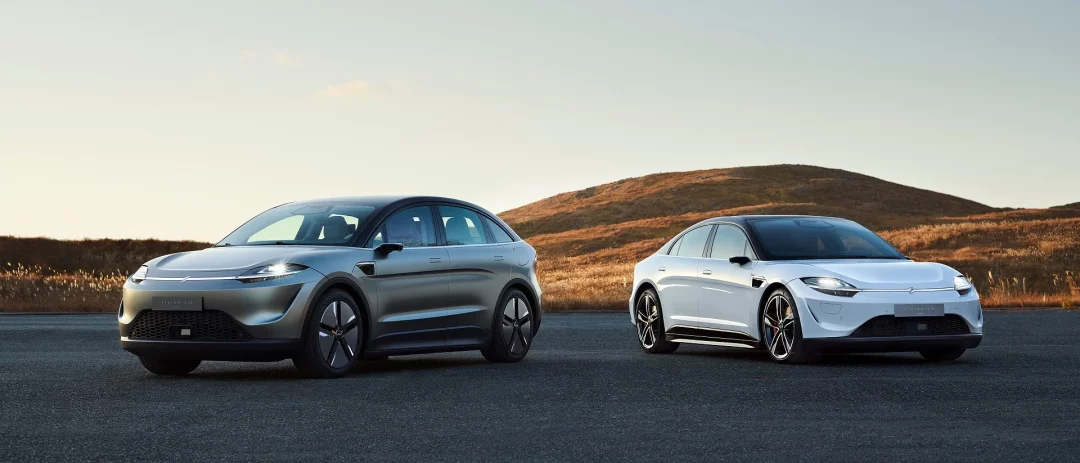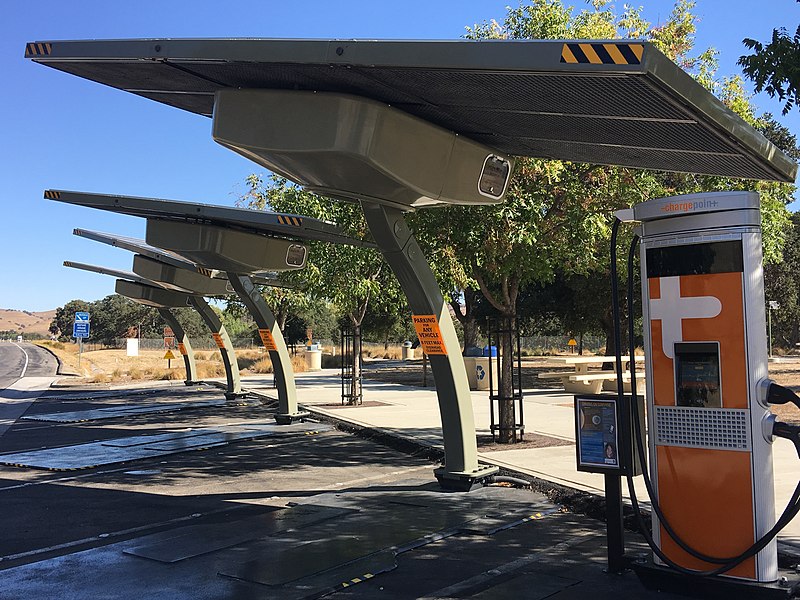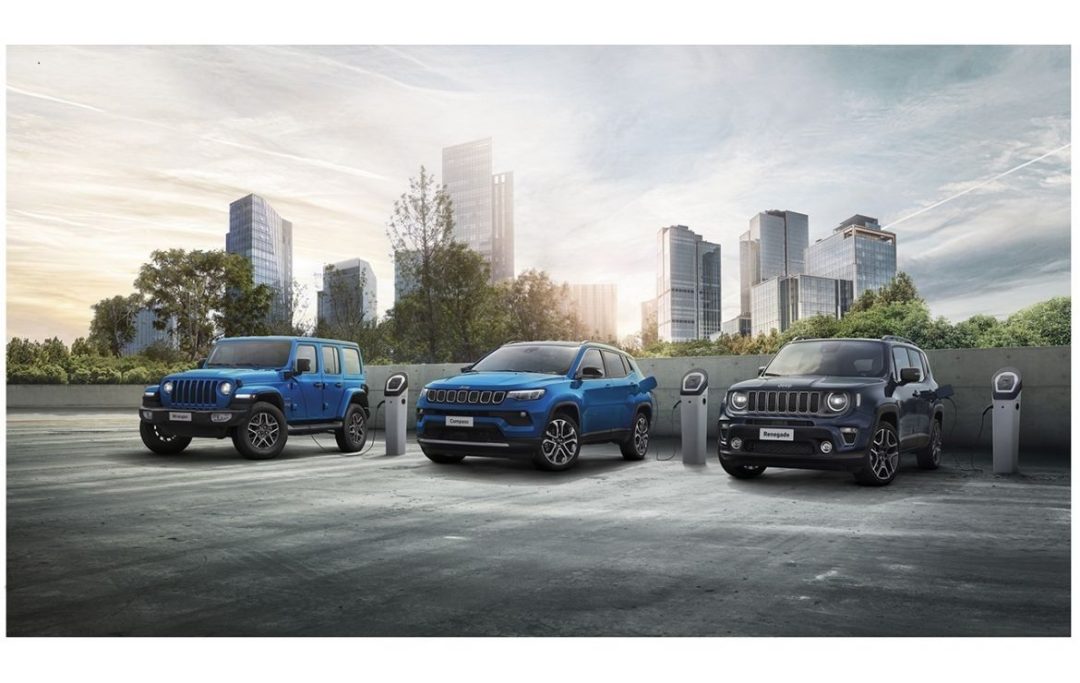Cruise Self-Driving Robotaxi Approved to Drive Without Human Aid in San Francisco
After a long period of testing with the presence of a human driver aid, driverless robotaxis are finally becoming a reality.
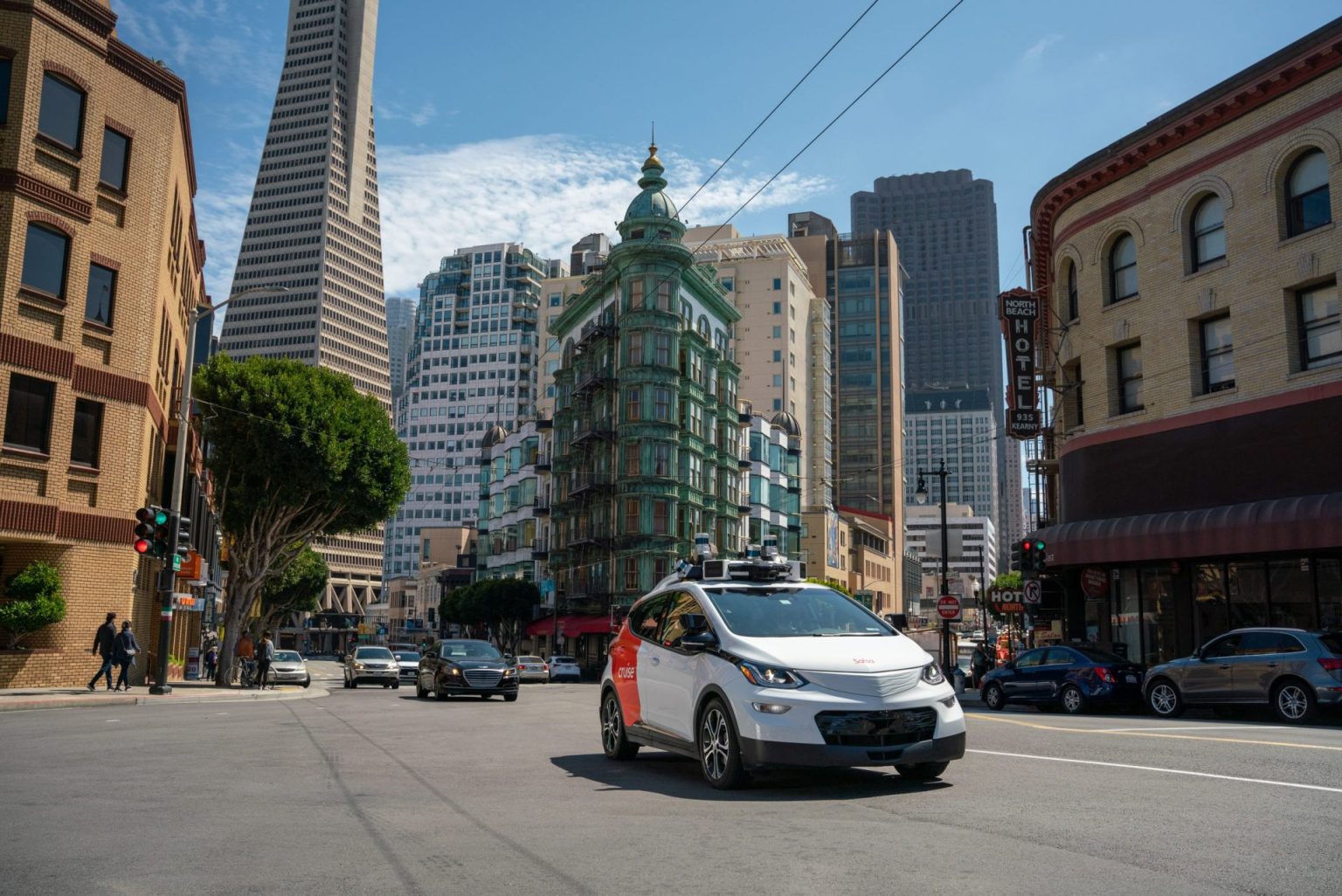
California regulators, last Thursday, gave GM’s Cruise driverless mobility service approval to begin charging passengers for rides in San Francisco. The approval marks a milestone in The Golden State where several companies have been vying to deploy driverless vehicles on to public roads.
The California Public Utilities Commission unanimously granted Cruise, a subsidiary of automaker General Motors, approval to launch its driverless ride-hailing service. The regulators issued the permit despite safety concerns arising from Cruise’s inability to do curbside pick up and drop off passengers with its autonomous taxis. The vehicles to double park in traffic lanes when picking up and dropping off passengers.
Cruise Driverless Service Coverage Area & Availability
During its initial launch, the Cruise ride-hailing service will deploy 30 electric vehicles to transport passengers around less congested parts of San Francisco between 10 p.m. and 6 a.m. The restrictions are designed to minimize the chances of Cruise robotaxis causing property damage, injuries or death if something goes wrong. The limited deployment will also allow regulators to assess how the technology works before approving expansion of the service.
The only humans in Cruise robotaxis will be passengers
Cruise and autonomous vehicle service, Waymo are already charging passengers for rides around the San Francisco Bay Area with human aids present to take control of the vehicle if there is an issue with the vehicle or its technology.
But, with its approval from the state of California, Cruise can now charge for rides in vehicles without human aids. This milestone has long been the ambition that a wide variety of mobility companies and traditional automakers have been pursuing for more than a decade.
Driverless vehicles have been promoted as a way to make taxi rides less expensive while reducing the traffic accidents and deaths caused by human drivers.
“Now with this approval, we’ll begin rolling out fared rides gradually, expanding in alignment with the smoothest customer experience possible. As always, our focus is on delivering a magical and safe service for our riders.”, said Gil West, Cruise Chief Operating Officer
He added that, “It is a major milestone for the shared mission of the AV (autonomous vehicle) industry to improve life in our cities. And it’s a giant leap for our mission here at Cruise to save lives, help save the planet, and save people time and money.”
No Cruise Service In Bad Weather
Besides time restrictions on the Cruise service to ensure safe operation, it will also not be allowed to operate in heavy rain or fog.
California’s approval marks the beginning of the Autonomous Vehicle era
It has taken far longer than many companies behind autonomous vehicle technology envisioned. While California is the first to approve autonomous vehicles for ride-hailing on public roads, other cities and regions are likely to follow suit in the near future.
- Waymo has been actively testing its self driving vehicles in Arizona and Pittsburgh.
- Oklahoma has recently approved autonomous vehicles for use on its roads
- New York City is considering regulations to allow for self driving cars on its streets
- Motional, a joint venture between Hyundai and Aptiv are piloting Uber Eats on-demand delivery service using autonomous vehicles in Santa Monica, California.
- and Tesla CEO, Elon Musk has said that his company Tesla will have self-driving cars, without the need for human drivers, around this time next year.

